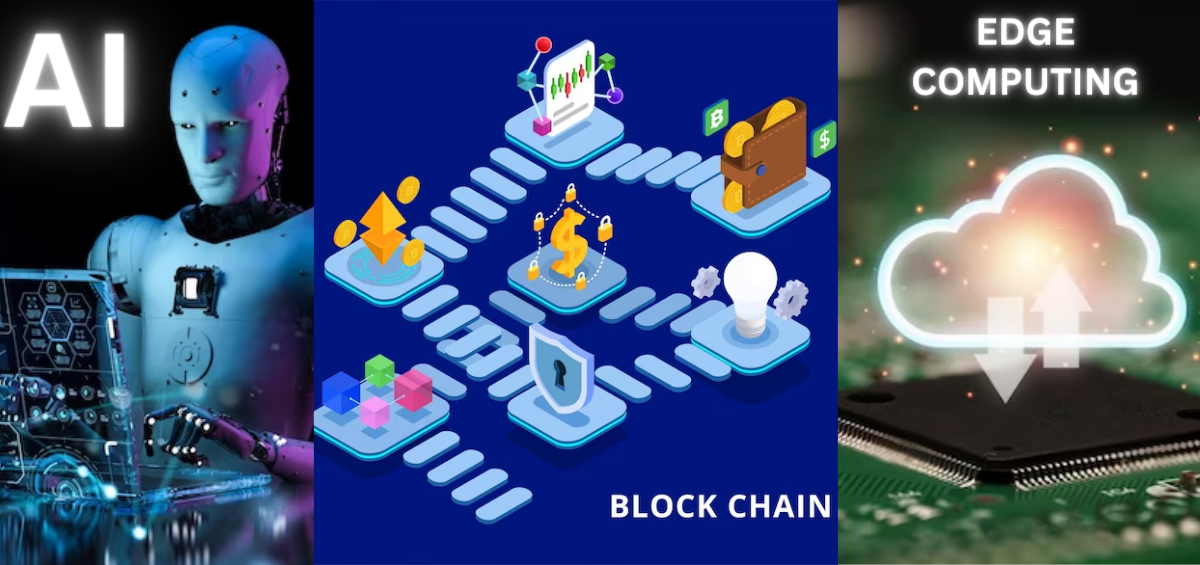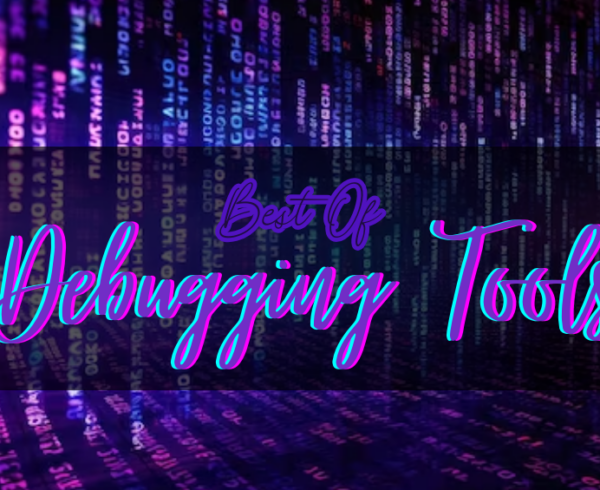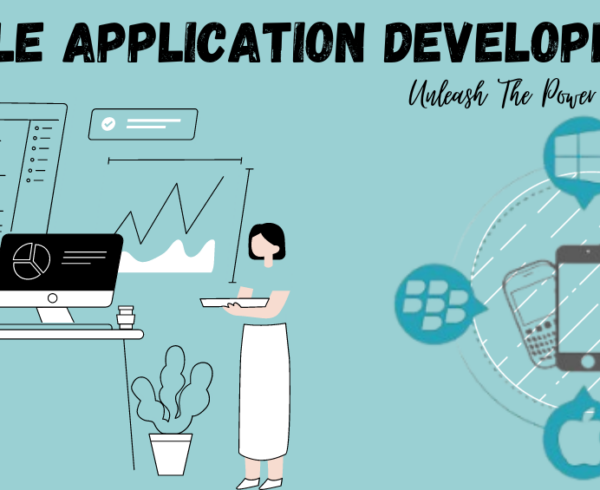The transformative influence of three key technologies—Artificial Intelligence (AI), Blockchain, and Edge Computing—has become a powerful triad reshaping the way organizations operate, make decisions, and engage with their stakeholders. This blog delves into the profound and interconnected impact of these technologies, exploring how businesses can harness their combined potential for enduring growth in a dynamic digital landscape.
 Unleashing the Power of Artificial Intelligence (AI)
Unleashing the Power of Artificial Intelligence (AI)
Automation and Efficiency:
AI technologies, fueled by machine learning algorithms, have revolutionized the way businesses operate. Routine and time-consuming tasks are now automated, liberating human resources to focus on more complex and strategic activities. From data entry to customer support, AI is streamlining processes and boosting overall efficiency.
Data Analysis and Insights:
The ability of AI to process vast datasets at remarkable speeds has ushered in a new era of data-driven decision-making. Businesses can extract valuable insights, identify patterns, and make informed choices that drive success. The era of intuition-based decision-making is being replaced by algorithms that analyze and predict trends with unprecedented accuracy.
Customer Experience Enhancement:
AI-powered chatbots and virtual assistants are enhancing customer experiences by providing instant responses, personalized recommendations, and efficient issue resolution. This not only improves customer satisfaction but also allows businesses to scale their support operations effectively.
Predictive Analytics:
With predictive analytics, AI is empowering businesses to forecast trends, anticipate customer needs, and optimize inventory. This proactive approach reduces costs, minimizes risks, and positions companies to stay ahead in dynamic markets.
 Blockchain: Building Trust and Transparency
Blockchain: Building Trust and Transparency
Decentralization and Security:
Blockchain technology, famous for its role in cryptocurrencies, brings a new level of security to business operations. Its decentralized nature eliminates a single point of failure, making transactions more secure and transparent. In an age of increasing cyber threats, this is a significant leap forward.
Smart Contracts:
Smart contracts, self-executing agreements with coded terms, automate and enforce contractual agreements. By reducing the need for intermediaries, businesses can streamline transactions, improve efficiency, and build trust with their partners.
Supply Chain Transparency:
Blockchain’s ability to create transparent and traceable supply chains is transforming industries. From verifying product authenticity to tracking the movement of goods, businesses can enhance transparency and ensure ethical sourcing practices.
Digital Identity Verification:
Blockchain facilitates secure and verifiable digital identity management, reducing the risk of identity theft and streamlining authentication processes. This has significant implications for industries that rely on identity verification, such as finance and healthcare.
 Edge Computing: Redefining Connectivity and Speed
Edge Computing: Redefining Connectivity and Speed
Reduced Latency:
Edge computing brings computational resources closer to data sources, reducing latency in processing and response times. This is particularly crucial for applications requiring real-time data analysis, such as Internet of Things (IoT) devices.
Bandwidth Efficiency:
By processing data closer to the edge, businesses can optimize bandwidth usage and reduce the amount of data transmitted to centralized cloud servers. This results in more efficient network usage and cost savings.
Improved Reliability:
Edge computing enhances system reliability by allowing certain processes to continue even if there is a disruption in the central cloud infrastructure. This is especially important for mission-critical applications that demand uninterrupted service.
Scalability:
Edge computing enables businesses to scale computing resources dynamically based on demand, offering flexibility in handling fluctuating workloads. This adaptability is crucial in today’s fast-paced and unpredictable business environment.
Harmonizing Technologies for Future Success
Integration Opportunities:
The true power lies in the synergy of these technologies. Combining AI with edge computing allows for real-time processing on local devices, while blockchain can secure and validate the data used by AI models. The possibilities for innovation are vast and promising.
Competitive Advantage:
Businesses strategically adopting these technologies gain a competitive advantage. Whether by improving operational efficiency, enhancing customer experiences, or staying ahead of industry trends, these technologies are shaping the future of successful enterprises.
Adaptability and Innovation:
The rapid evolution of AI, blockchain, and edge computing requires businesses to stay adaptable and invest in ongoing innovation. Those embracing change and leveraging these tools effectively are better positioned for long-term success in an increasingly digital and interconnected world.
In conclusion, as businesses navigate this transformative era, embracing the impact of AI, blockchain, and edge computing is not just a choice—it’s a strategic imperative. The forward-thinking organizations harnessing the potential of these technologies are not only future-proofing their operations but also leading the way in innovation and sustainable growth. The journey is challenging, but the destination promises a landscape of unprecedented possibilities.







Leave a Comment